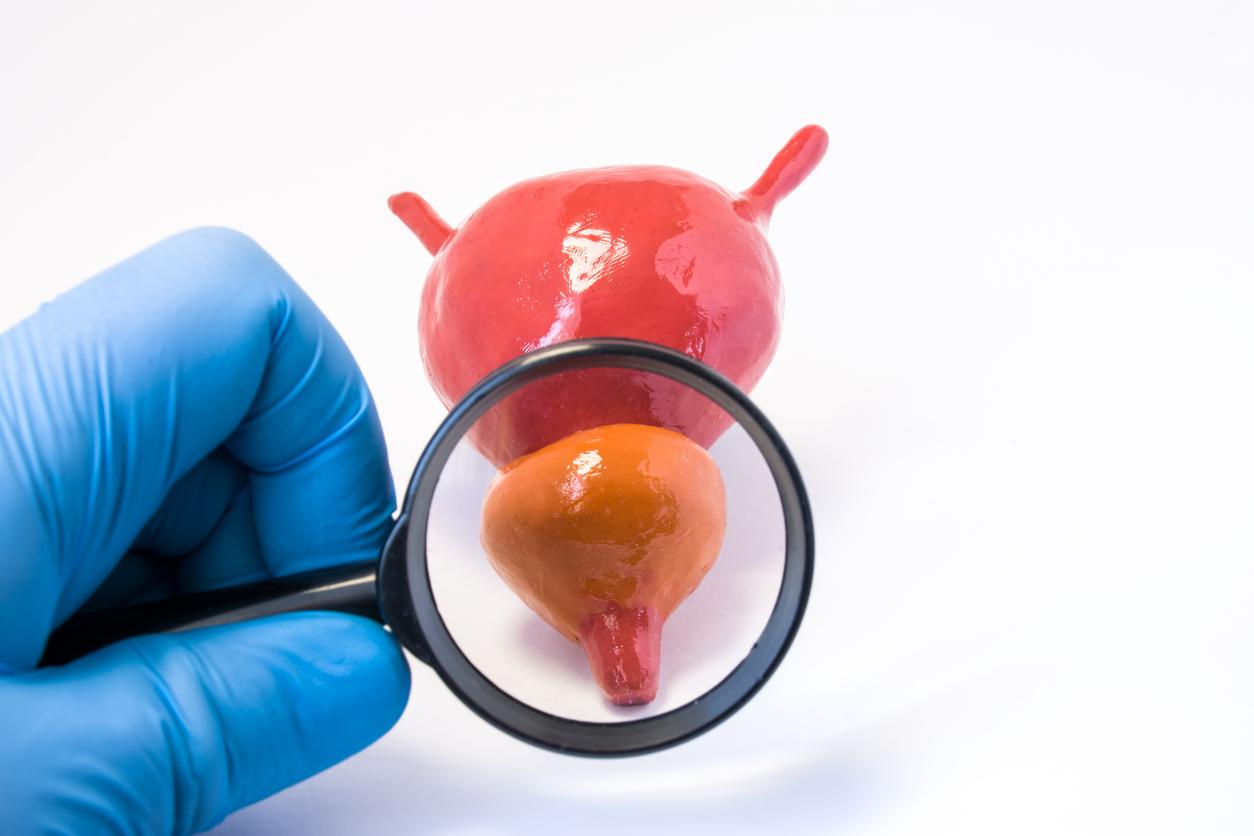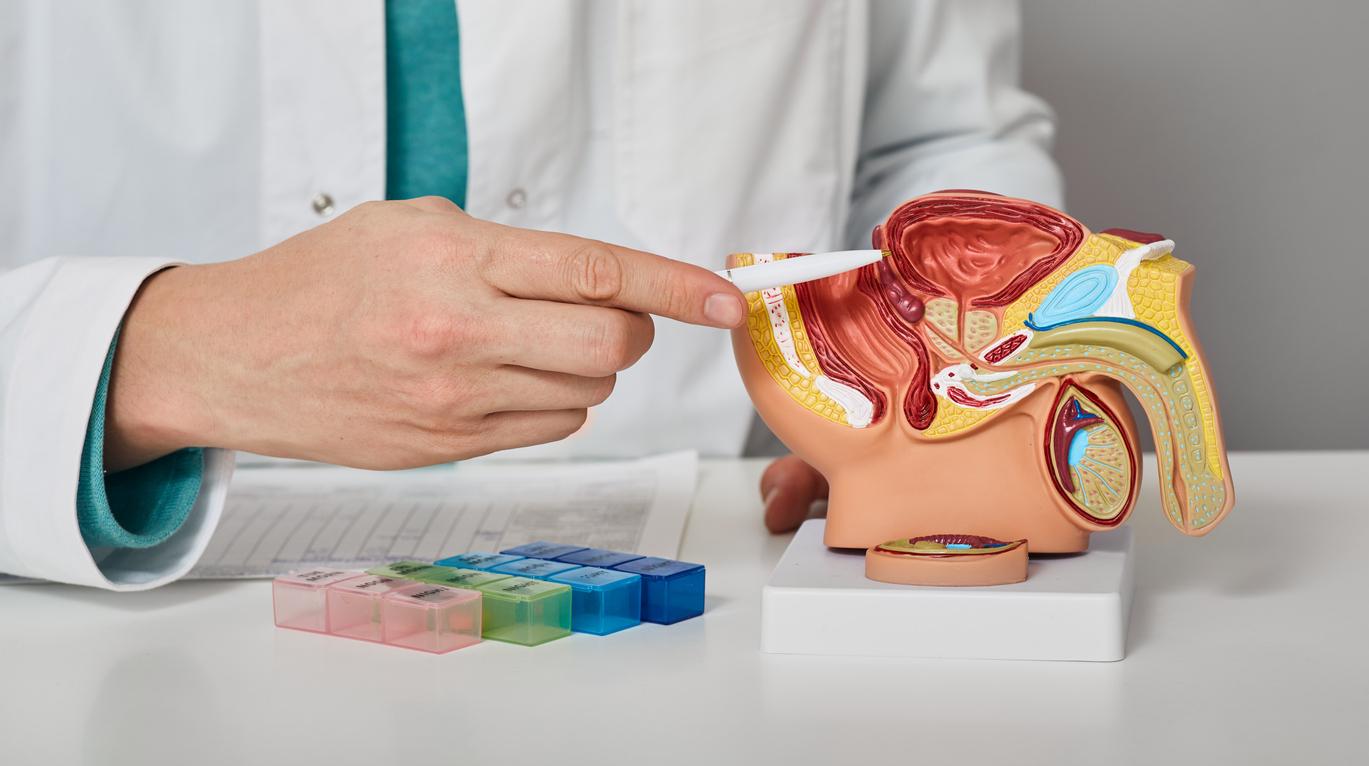In patients with prostate cancer, a fluorescent dye allowed surgeons to detect and remove all cancerous tissue, including that which is difficult to identify with the naked eye.

- Researchers have developed a fluorescent dye that allows surgeons to eradicate prostate cancer while preserving healthy tissue, reducing the risk of recurrence.
- The dye helped identify groups of tumor cells that had spread far from the tumor and could not be seen with the naked eye.
- This luminous dye is in its early stages of clinical development, but in the future it could be used by surgeons to see each area of the cancer in real time.
Like a “second pair of eyes” during surgery. Researchers at the University of Oxford in the United Kingdom have developed a fluorescent dye that allows surgeons to eradicate prostate cancer while preserving healthy tissue, thereby reducing the risk of recurrence. Their work has been published in theEuropean Journal of Nuclear Medicine and Molecular Imaging.
A dye to identify cancer cells that have spread
The luminous dye in question, combined with a specific marker molecule, allows doctors “to see the edges of the tumor and identify any groups of cells that have spread from the tumor to nearby pelvic tissues and lymph nodes”we can read in a communicated. This combination works by binding to a protein called prostate-specific membrane antigen (PSMA) which is commonly found on the surface of cancer cells.
In the study, 23 men with prostate cancer were injected with the fluorescent dye before undergoing robotic-assisted prostate removal surgery. Surgeons used an imaging system that shines a special type of light on the prostate and surrounding areas and, like a guide, helps locate cancerous tissue. The dye was then “identified groups of tumor cells that had spread far from the tumor and could not be seen with the naked eye”explain the authors of the research.
A method to reduce the risk of prostate cancer recurrence
The new technique has made it possible “to remove all cancerous tissue while preserving healthy tissue” in most patients in the study, which could reduce the risk of cancer recurrence but also the risk of post-surgery side effects, such as incontinence or erectile dysfunction.
This bright dye is still in its early stages of clinical development, but in the future it could be used by surgeons to see every part of the cancer in real time, that is, while they perform a prostate removal procedure. Interestingly, this dye could also be used to fight other types of cancer, simply by changing the protein it binds to to detect cancer cells.

















